Ever wondered about the mince pie?
The first mince pastries developed during the Crusades were savory and literally meaty, hardly resembling the small, sweet morsels we see and enjoy today.
What brought about those changes – and how did the mince pie persevere to become a holiday staple?
Let's find out together!
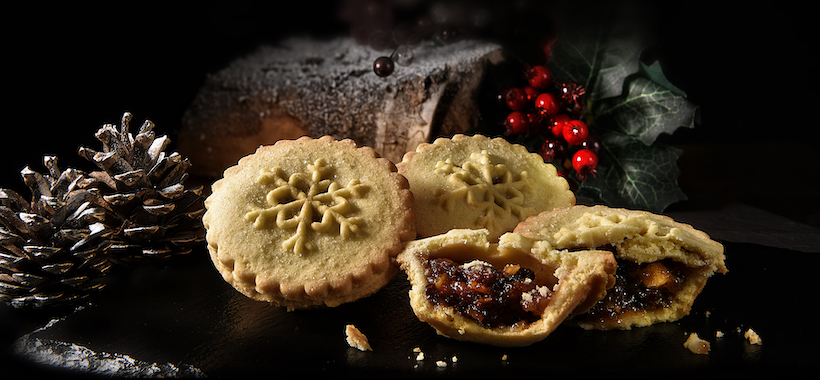
The modern mince pie is loaded with fruits – like apples, raisins, and cherries – while traditional mince pies had a very important savory component added to the mix: meat.
Every ingredient is chopped up into small pieces (hence the "mince" name), marinated with aromatic spices to develop flavor, and baked in a pastry.
Before the invention of modern refrigeration, people had to look for creative ways to preserve their perishable ingredients. One of the products of their ingenuity is mincemeat.
Mincemeat – the primary ingredient in traditional mince pies – involves simmering meat with dried fruits, nuts, and spices. The resulting mixture is then stored under a layer of fat until needed.
This unorthodox method of preserving meat bypassed the need for smoking or salting, and people commonly used it around 500 years ago to keep meat from spoiling.
We can't talk about the history of mince pie without mentioning its original form!
The mix of sweet and savory ingredients in one dish is a common occurrence in medieval recipes. Back then, people would typically use mutton for their mince pies or other available meats like rabbit, beef, or pork.
These medieval creations are a far cry from the delicious pastries we have today. The most distinct difference between the two, aside from the meaty ingredients, is the crust's quality.
Many pie crusts back then (made from flour and water) were called "coffins" – an apt name for a flavorless food component only used as a vessel to house pre-boiled fillings or cook delicate foods (such as apple pie). In fact, most medieval families, aside from the poorest of the poor, would leave these coffins uneaten!
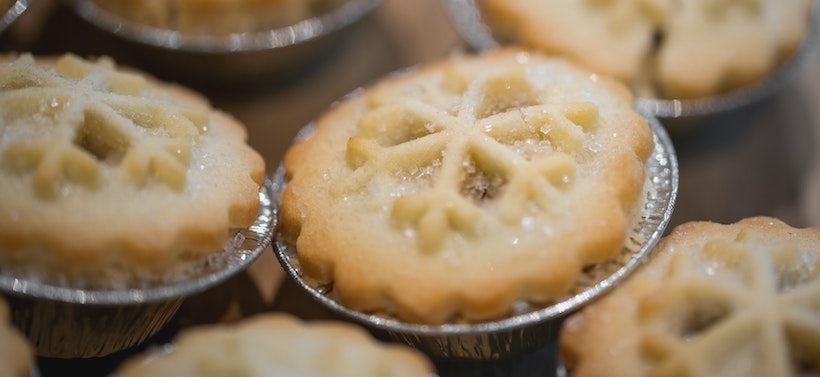
Modernized mince pies are popular treats in Ireland and the UK, but they usually forgo the meat component.
While the fruit and spices used remain relatively similar, the crust gets a considerable upgrade. The pastry portion now includes an animal fat called suet – one of the few nods to the pie's original meaty past. Others dispatch with tradition and turn to vegetable shortening.
The result is a flaky, flavorful creation that perfectly complements the perfumed fruit filling.
Because of their widespread popularity, mince pies have adopted several names over the years. New England mincemeat pies are full-sized pies, contrasting with the single-serving tarts more commonly made in Britain.
Other names include shred pies that refer to the shredded meat and suet ingredients and crib cakes representing the baby Jesus in his manger. Also, innkeepers and homeowners traditionally served wayfarer's pies for travelers, and Christmas pyes got their name due to the treat's popularity during the holidays.
The most widely told tale is that mince pies were introduced in the 13th century by knights returning from their crusade in the Middle East. However, no definitive evidence exists to back up this story, although it's certainly possible.
The earliest recorded mention of the mince pie lies within The Forme of Cury, an extensive collection of 14th century English recipes. This version uses raisins, figs, pine kernels, minced pork, cheese, lard, wine, honey, and spices.
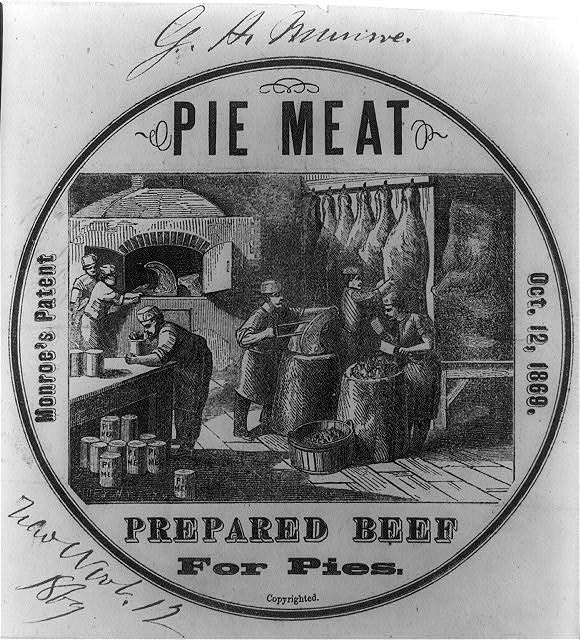
Throughout the history of mince pie, you can see the changes in taste and the most common ingredients in every era.
Mince pies were a hit among old English royalty. King Henry V served mince pie at his 1413 coronation. While we do not have the actual recipe, the pies likely contained extravagant ingredients like meat, boiled eggs, and exotic spices. King Henry VII, on the other hand, served mince pie during Christmas.
The tradition of eating mince pies during the winter holidays persevered in the Stuart and Georgian times, as the UK's wealthy elite served them at Christmas parties in various shapes and sizes. People would often pair these pastries with Christmas pudding and eat them in Stir-up Sunday, the last Sunday before Advent.
Fun fact: Did you know that Christmas pudding also originally contained meat?
The mince pie recipes from this era still contained savory elements. For instance, Gervase Markham's cookbook, The English Huswife, features a mutton mince pie.
Another recipe called "For six Minst Pyes of an Indifferent Bigness," however, is more sweet-centered. When eaten warm, you mostly taste the spiced currants and raisins, with the zest of oranges and lemons permeating the background.
Who knew that an innocent-looking pie could be so controversial?
During the early 1600s, England's Lord Protector Oliver Cromwell – who was famously a Puritan – reportedly banned mince pies or at least supported Parliament's efforts to reduce the importance of Christmas activities.
However, this "ban" didn't survive when Charles II ascended to the throne. The Law Commission states that none of the laws during Cromwell's reign that remained on England's statute books gave mention to mince pies.
How did the myth of Cromwell banning mince pies last as long as it did?
The oddness of such a ban combined with the influence of well-known figures might have been the reason. For instance, the famous novelist Washington Irving wrote a piece in 1850 mentioning the ban.
The more we move the story forward to the present, the more mince pies begin to lose their meat.
As early as the 1700s, some cookbooks like Hannah Glasse's The Art of Cookery Made Plain and Easy already had mince pie recipes with meat as an optional ingredient only.
However, meat remained popular in mince pies until the 1800s. Eliza Acton's Modern Cookery for Private Families has a recipe that combines beef sirloin or ox tongue with lemons and candied peel spices.
Sugar was much cheaper and easier to acquire during the Victorian era, so sweeter pies became more common. For example, the mince pie recipes from Mrs. Beeton's 1861 "Book of Household Management" provided a meat-free sweet version as well as a meaty one.
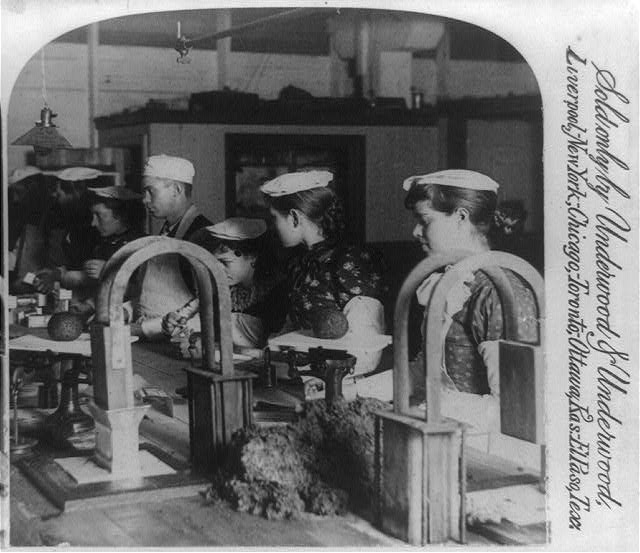
English settlers brought mincemeat pie to New England in the 17th century. These pies shifted from a Christmas tradition to more of a Thanksgiving one due to the Puritan influence. New England mincemeat pies contained a mixture of apples, raisins, minced beef, and spices, and they are much larger than the original English version.
Another effect of the Protestant Reformation is the element of danger surrounding mincemeat pies. Several reported incidents speak of the pastry's ill effects – at least when people ate a pie that had gone bad. These include changing one's mood, inducing nightmares and hallucinations, making one sick, and even causing death.
Much later, the fact that bootleggers used mince pie to smuggle alcohol doesn't exactly help the mincemeat pie's reputation today either. As mentioned in that link, one report from the 1919 Chicago Tribune found that canned mince samples at a trade show had an average of 14.12% alcohol content!
Despite all of its controversies, the mince pie remains relatively popular in America thanks to its versatility and uniqueness.
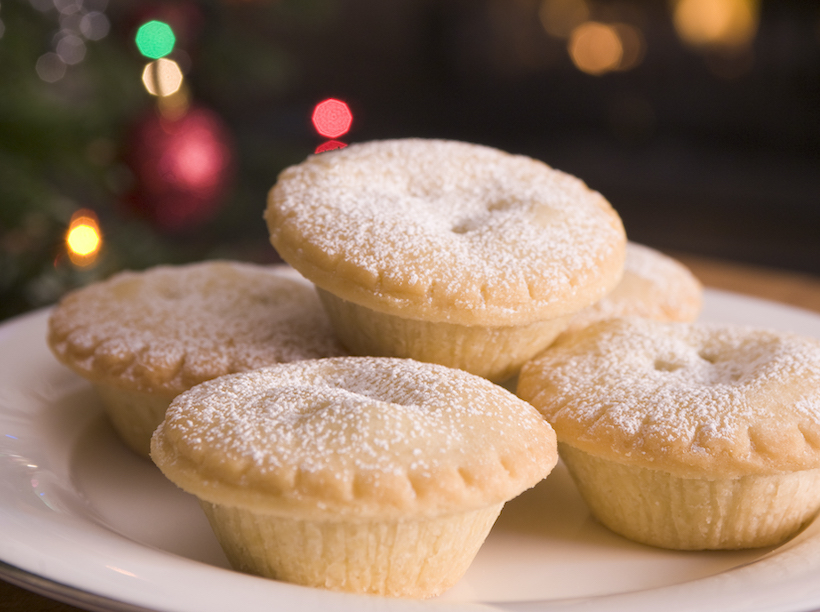
Let's talk numbers!
The mince pie is still a holiday treat enjoyed by many in the UK. In fact, one survey from Konditor – a cake bakery – says that the estimated number of mince pies eaten last year by British residents were 781,177,935!
Liverpool is the biggest consumer, with each resident eating 20 pies – well above the national average of 15. This number may seem like a lot, but keep in mind that their mince pies are usually bite-sized!
The history of mince pie involves numerous traditions. For instance, one practice from William Shakespeare's time was to use 13 ingredients when making mince pies, purportedly to represent Jesus and his 12 Apostles.
These include fruits like currants, prunes, or raisins, as well as spices like cinnamon, saffron, cloves, mace, and black pepper. Mutton represented the shepherd's in the nativity story, and people would usually fashion the pie in the shape of a crib.
According to English tradition, you should always stir mincemeat in a clockwise direction for good fortune. Otherwise, it may lead to poor luck in the coming year. It is also common for every family member to stir the mincemeat mixture and make a wish.
Despite its boozy reputation, modern mince pies do not have much a– if any – lcohol in them. The baking process evaporates much of any spirit you add, leaving only the robust flavor for the filling.
As with shortbread and Christmas Bans, the Puritan's detested the pie and deemed it too "Popish" or too Catholic. While there is no actual evidence that proves mince pie was explicitly illegal at one point, the assumption remained popular thanks to Protestant influence.
Another common UK tradition involves making a wish while eating one's first pie during the holidays. For your wish to come true, you should do this in silence!
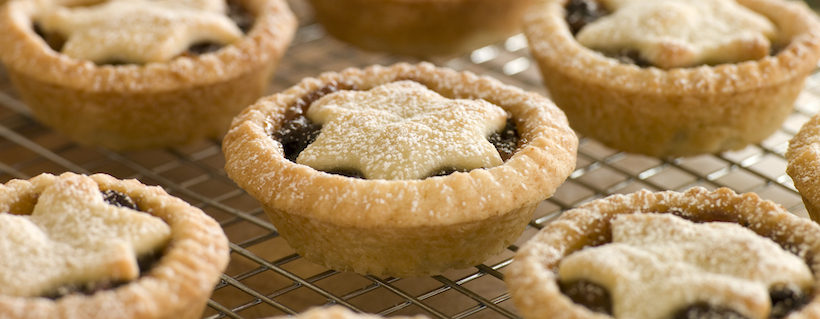
Even though today's mince pies don't really resemble older ones, they're still a fascinating dessert that echoes back through history. But of course: whether your mince has meat in it or not, enjoy your pie!